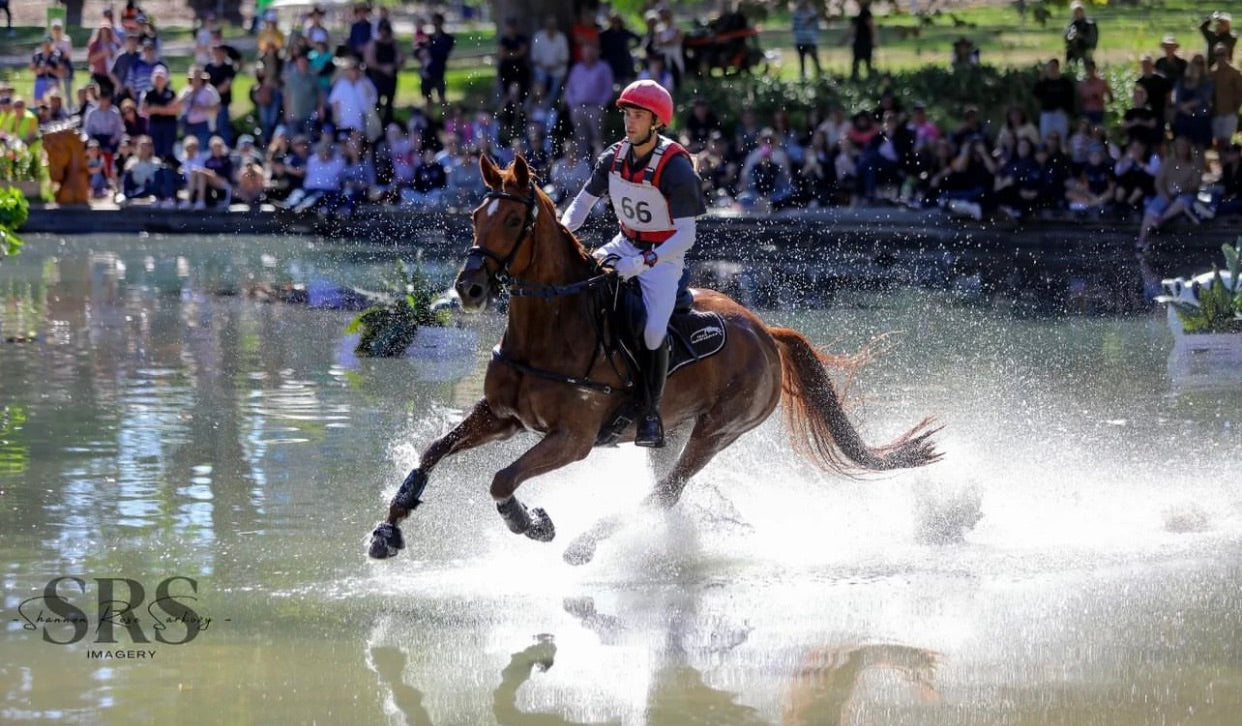Many riders will have heard of International Helmet Awareness Day (IHAD), most likely through Facebook or because they have taken advantage of the discount that comes associated with it. Established in 2010 by the ‘Riders4Helmets’ campaign, it was created to educate riders about the benefits of wearing correctly fitting, secured and certified helmets. The date for this years’ event is Sunday September 17th.
As stockists of numerous globally certified helmet brands (including KEP Italia, Charles Owen and FairPlay), we are strong advocates of head safety when it comes to equestrian activities. IHAD involves a network of global equestrian retailers and helmet brands coming together to discuss things like helmet fit, when to replace helmets, concussions, and how helmets protect your head in the event of an accident. Participating stockists, such as ourselves, are also able to offer a discount to encourage riders to update or replace helmets (we are offering 10% off all our helmets – simply enter the code RIDERS4HELMETS2017 at checkout before 18 September).

Obviously, discounts can be a great incentive for riders to get a safer helmet… But what does improving awareness in general help to achieve on a larger scale? In Australia, the wearing of helmets is voluntary (apart from at competitions). This is in contrast with other activities such as cycling and motorcycling. And yet, we all know that equestrian sports are one of the most dangerous sports one can participate in; we’re dealing with a large, free-thinking animal after all.
We have all been told the reasons we should be wearing helmets whenever we ride, and I’m sure we’ve all heard stories of horrific injuries that could have been lessened with the use of a helmet. And yet, riders continue to risk everything by riding without one. Why? Some of the reasons include:
- Belief that they’re riding a safe/reliable horse and won’t need one
- Not wanting to get ‘helmet hair’
- Social influence from other riders not wearing them
So, with this in mind, what does something like International Helmet Awareness Day help to achieve? First off, educating riders more extensively about the risks of not wearing a helmet… Hearing actual statistics and personal life stories can help to make it more ‘real’ for riders. In saying this, it can take a lot to change lifelong attitudes, particularly when peer influence is involved. Some riders may believe that because they only omit wearing helmets in certain situations, such as when they’re riding a trusted horse in a safe environment, that it doesn’t apply to them.

Increasing the conversation about helmets, accidents and the personal stories associated with them can go a long way. By hearing stories such as “a friend, who is a professional rider, broke her neck riding a bomb proof horse that tripped in the paddock at home”, it can make the risk perception more ‘real’ and relatable. Similarly, using social influence in a positive manner through things like openly advocating helmet use on social media can help to break down long-held attitudes, which in turn can help normalise the behaviour and make it second nature. Events like IHAD can help to kick-start this discussion.
As more top-level riders come out in support of helmet use, this social influence can become even more prominent. This is particularly important because of the fact that there has been no statistical correlation between skill level and the likelihood of an injury when it comes to equestrian sport. Seeing an ‘equestrian idol’ openly advocating helmets goes a long way in helping to change beliefs and attitudes, as does seeing the opinions of family and friends. Further to this, discussions about topics like the people left behind in the event of an accident can provide alternative ways of looking at it, making it seem less of a ‘personal’ choice that only impacts on the rider themselves.
In a sport as dangerous as ours, we believe that riders should be mitigating risk in as many ways possible. Having a correctly fitting, safety certified helmet is one aspect of this, and one that goes a long way. If you would like to read more about the different safety ratings of certain helmet brands and the new helmet safety standards, check out our previous blog post ‘Demystifying the new helmet safety standards’.
So, this IHAD, we implore you to check your helmet. Don’t just check for cracks on the surface; check for fit, date of manufacture, and consider any falls you may have had whilst wearing it. Most helmet manufacturers recommend that you replace your helmet every four to five years – however this could increase depending on previous falls and changing safety standards.
You can shop our range of helmets here. We offer free shipping worldwide plus finance options such as AfterPay and ZipMoney.






